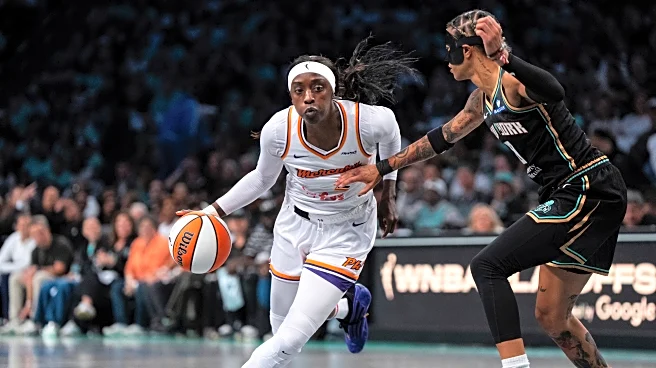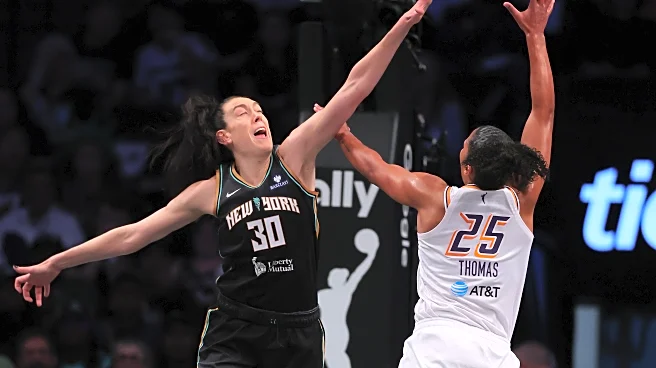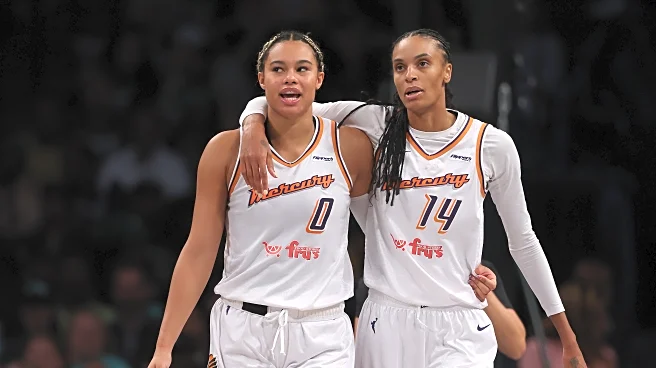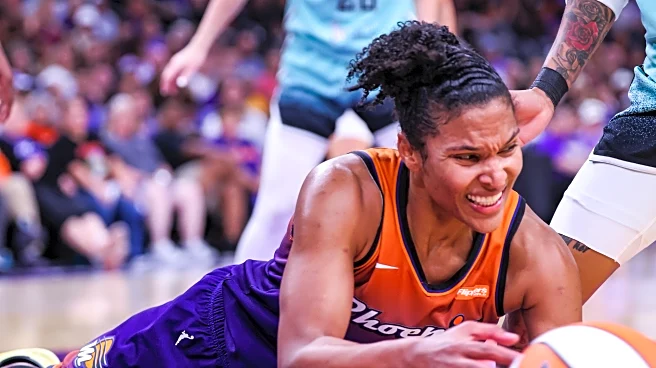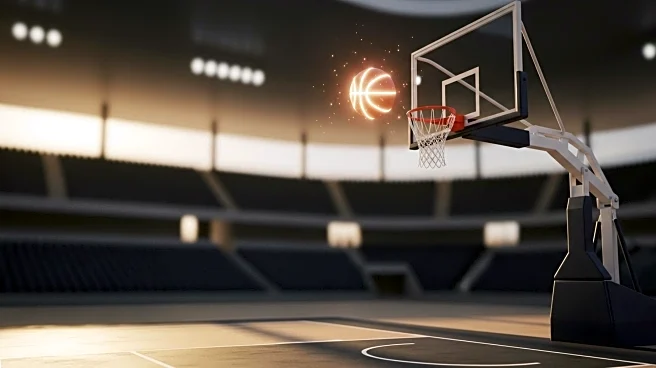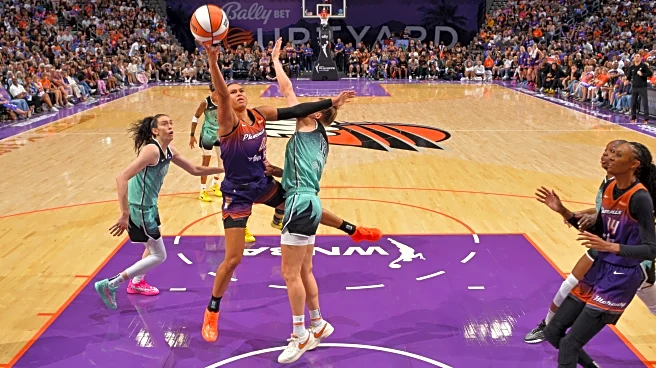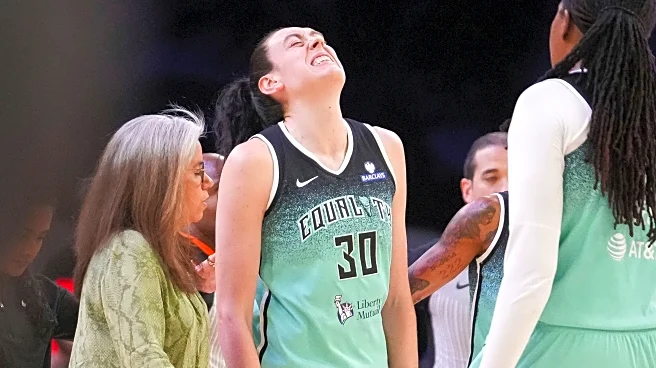The No. 4-seed Phoenix Mercury delivered a statement performance in Game 2 of their first-round playoff series against the No. 5-seed New York Liberty, evening the best-of-three series at 1-1 with a dominant 86-60 victory.
After dropping Game 1, Phoenix completely flipped the script, exposing fundamental weaknesses in the Liberty’s offense and defense that are worth monitoring for Friday’s win-or-go-home matchup.
1. New York’s defensive liabilities create systematic vulnerabilities
The most glaring issue for the Liberty continues to be their inability to hide defensive
weaknesses, particularly when Sabrina Ionescu and Emma Meesseman share the floor. Phoenix recognized this immediately and built their entire offensive game plan around exploiting these matchups through sophisticated screening actions.
The Mercury’s inverted screening actions just proved to be too much. It’s been a staple of Alyssa Thomas’ game for years, but rather than traditional pick-and-roll actions with a big screening for a guard, Phoenix runs these actions with a guard screening for a big. This changing of the roles is still fairly new for a defense to game plan for, as it’s not all that common for guards to be in that situation. These actions consistently created rotation breakdowns, leading to the wide-open looks that fueled Phoenix’s offense
The numbers tell the story. Phoenix shot an impressive 48.9 percent from the field overall, but more importantly, they generated quality looks across multiple play types. They had a 1.16 points per possession on all pick and rolls according to Synergy because of how effectively they leveraged these screening actions to create advantages.
Just watch how many times the Mercury went after Ionescu and Meesseman in the second and third quarters. Notice how Phoenix was looking to identify who had the mismatch and then ran actions to get that player or someone else a quality shot with Sabrina or Emma as the primary defender.
Most concerning for the Liberty was how these defensive breakdowns compounded throughout the game. When Ionescu or Meesseman were targeted in screening actions, help defenders were forced to leave their assignments, creating chain reactions that Phoenix consistently capitalized on. The Mercury’s spot-up shooting (1.000 points per possession) and cuts (1.600 points per possession) were some of the most efficient numbers they’ve posted all season.
2. The Mercury’s defensive unpredictability neutralizes the Liberty’s rhythm
There’s always a desperation that teams play with when their season is on the line, and while much focus will rightfully center on Phoenix’s offense, their defensive adjustments proved to be equally crucial in stealing home court back. The Mercury mastered the art of unpredictability in Game 2, implementing a chameleon-like approach that kept the Liberty guessing throughout the game.
In the first quarter, New York saw a lot of single coverage, specifically on post ups and pick and rolls, so it’s no surprise the Liberty posted their best offensive rating in the first quarter where they scored an impressive 25 points. That all changed in the second quarter, when Phoenix began to disguise their intentions until the last possible moment.
They would show a traditional pick-and-roll coverage before suddenly stunting, trapping or rotating early from unexpected angles. Double teams would materialize from blind spots, creating turnovers and rushed shots that disrupted New York’s offensive flow.
The Liberty struggled mightily against pick-and-roll actions (0.463 points per possession) and were completely shut down in isolation as well. The Mercury forced 15 turnovers while committing only eight, controlling the possession differential while also creating countless fastbreak opportunities in the process.
3. The Liberty’s motion offense lacks purposeful attacking
Perhaps the most glaring revelation from Game 2 was the exposure of a fundamental flaw in the Liberty’s offensive philosophy. Despite possessing a modern roster built around versatility, shooting, and a motion offense that creates good ball movement, New York seems to have an inability to systematically attack favorable matchups.
The Liberty’s offense generated movement, but not meaningful advantages. This was a problem in last year’s WNBA Finals too, but they were able to overcome it with strong defense. Their assist-to-turnover ratio in this game tells this story clearly; while they moved the ball well (14 total assists), they also turned it over 15 times, suggesting motion without purpose. Their scoring inefficiency on pick and rolls is another signal that this was the case. More tellingly, their inability to hunt specific matchups left them settling for contested shots against Phoenix’s length and athleticism.
Even after timeouts, when it was clear the Liberty were looking to draw up specific plays to get quality shots, the action would fizzle out quickly because New York was merely going through the motions, making sure everyone touched the ball rather than identifying a mismatch and attacking it.
This flaw extends beyond just one game. Modern championship teams combine sophisticated ball movement with ruthless matchup hunting. The Liberty have mastered the former while seemingly neglecting the latter, which could prove costly in a short series.
Can the Liberty fix their flaws?
With the series now tied and heading to a decisive Game 3, the Liberty face a crucial question: Can they address these fundamental flaws quickly enough to salvage their championship hopes?
Breanna Stewart’s injury obviously has made the championship path tougher for New York. Whether the Liberty can counter-adjust effectively will determine not just this series, but their broader championship aspirations.

